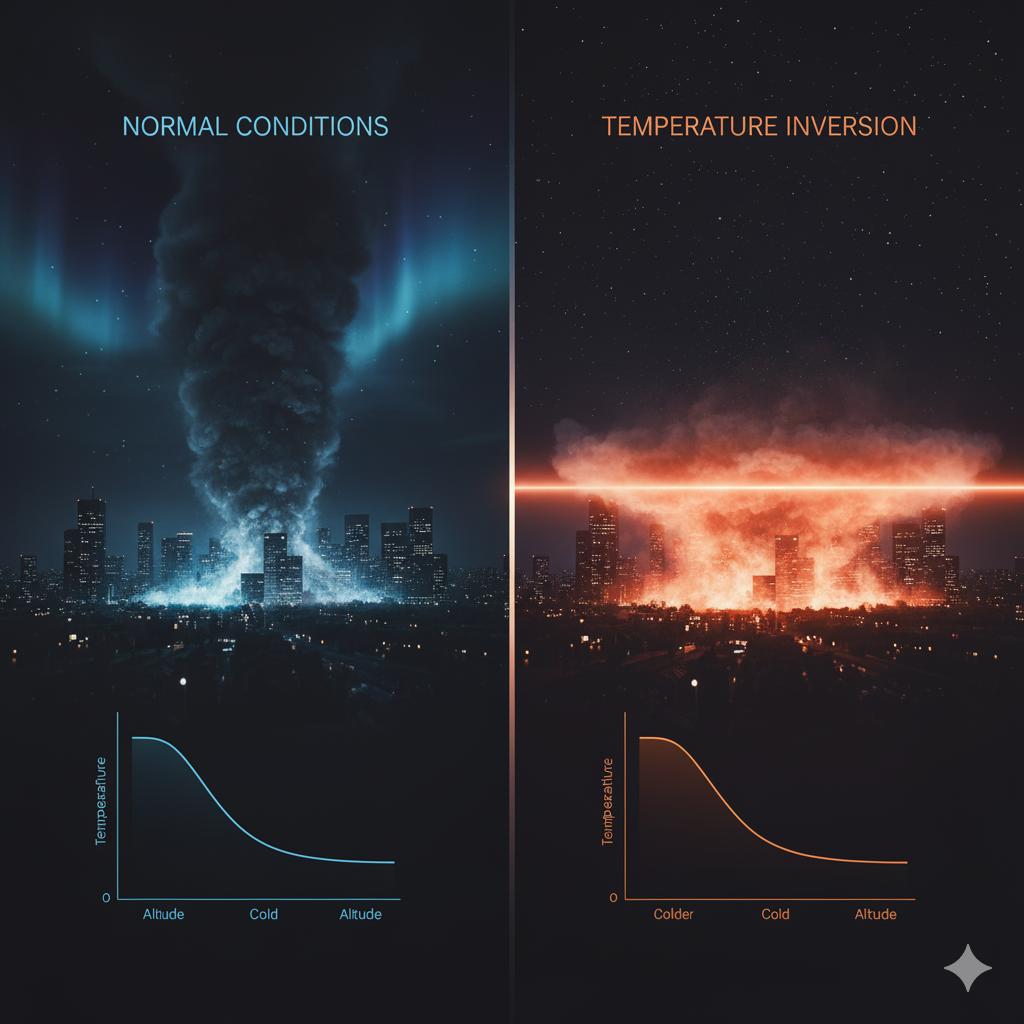Introduction
North America, covering nearly 24.7 million square kilometers, is the third-largest continent in the world. Its vast size and varied topography contribute to a diverse range of climates, from the icy tundras of the Arctic Circle in Canada and Alaska to the tropical climates of southern Mexico and the Caribbean. Understanding the climate of North America is essential for grasping its ecology, agriculture, human settlement patterns, and vulnerability to climate change.
This article provides a comprehensive overview of the climate zones of North America, the factors influencing its weather patterns, seasonal variations, and the impact of climate change on the continent.
Major Climate Zones in North America
North America spans a wide range of latitudes and elevations, resulting in numerous distinct climate zones. The Köppen Climate Classification System is commonly used to categorize these zones:
1. Tundra and Polar Climate (ET, EF)
Regions: Northern Canada, parts of Alaska, Greenland
- Characterized by long, harsh winters and short, cool summers.
- Average temperatures often stay below freezing for most of the year.
- Vegetation is sparse and includes mosses, lichens, and low shrubs.
- Permafrost is common, and snow can cover the ground for more than half the year.
2. Subarctic Climate (Dfc, Dfd)
Regions: Most of interior Alaska and central/northern Canada
- Extremely cold winters and mild summers.
- Precipitation is low but can occur year-round.
- Boreal forests or taiga dominate, consisting mainly of coniferous trees like spruce and fir.
3. Humid Continental Climate (Dfa, Dfb)
Regions: Northeastern U.S., Great Lakes, southern Canada
- Warm to hot summers and cold winters with snow.
- Four distinct seasons.
- Fertile soils make this region ideal for agriculture.
- Major cities like Chicago, Toronto, and New York fall within this zone.
4. Oceanic Climate (Cfb)
Regions: Pacific Northwest, including Seattle and Vancouver
- Mild temperatures year-round with significant rainfall.
- Winters are cool and wet; summers are mild and relatively dry.
- Dense temperate rainforests thrive in this region.
5. Mediterranean Climate (Csa, Csb)
Regions: Coastal California (e.g., Los Angeles, San Francisco)
- Hot, dry summers and mild, wet winters.
- Low humidity and long growing seasons support vineyards and agriculture.
- Unique ecosystems like chaparral dominate the landscape.
6. Desert and Semi-Arid Climate (BWh, BWk, BSh, BSk)
Regions: Southwestern U.S. (Arizona, Nevada), northern Mexico
- Very low precipitation with high evaporation rates.
- Hot days and cool nights, especially in desert areas.
- Vegetation includes cacti, shrubs, and drought-resistant grasses.
7. Tropical Climate (Aw, Am, Af)
Regions: Southern Mexico, Central America, Caribbean islands
- High temperatures year-round with significant rainfall.
- Rainforests (Af), tropical monsoons (Am), and savannas (Aw) are common.
- High biodiversity and dense vegetation.
8. Humid Subtropical Climate (Cfa)
Regions: Southeastern U.S., Gulf Coast (e.g., Florida, Georgia)
- Hot, humid summers and mild winters.
- High rainfall throughout the year.
- Prone to hurricanes and thunderstorms.
Geographical and Atmospheric Influences on Climate
Several geographic and atmospheric factors influence North America’s diverse climate patterns:
1. Latitude
- Northern areas near the Arctic Circle experience extremely cold and long winters.
- Equatorial regions near the Tropic of Cancer have consistently warm temperatures.
2. Altitude
- The Rocky Mountains, Sierra Nevada, and Appalachian Mountains affect local and regional climates.
- Higher elevations are generally cooler and receive more precipitation.
3. Ocean Currents
- The Gulf Stream brings warm water and air to the East Coast, moderating temperatures.
- The California Current cools the Pacific coast and contributes to fog formation.
4. Proximity to Water Bodies
- Coastal regions have more moderate temperatures and higher humidity than interior areas.
- The Great Lakes influence the climate of nearby states, especially in winter with lake-effect snow.
5. Wind Patterns
- Prevailing westerlies and polar easterlies shape weather systems.
- The jet stream—a fast-flowing air current—plays a crucial role in shifting weather fronts across the continent.
Seasonal Weather Patterns
North America experiences four distinct seasons, though their intensity and characteristics vary by region:
1. Winter
- Northern and interior regions experience heavy snow, ice storms, and freezing temperatures.
- Southern areas like Florida and southern California remain mild.
- The Pacific Northwest gets rain, while the interior deserts remain dry and cool.
2. Spring
- Warming temperatures and melting snow contribute to rising rivers and possible flooding.
- Tornadoes are common in the central U.S., known as “Tornado Alley.”
- Vegetation begins to bloom across temperate zones.
3. Summer
- Hot and humid in the east and southeast; dry heat in the southwest.
- Thunderstorms are frequent in the plains and southeastern U.S.
- Wildfires become common in the western states due to dry conditions.
4. Autumn
- Temperatures drop, and deciduous forests display vibrant foliage.
- The Atlantic hurricane season peaks from August to October, affecting coastal regions.
Natural Hazards Linked to Climate
1. Hurricanes
- Affect the Gulf Coast, southeastern U.S., and Caribbean islands.
- Caused by warm ocean waters and tropical atmospheric disturbances.
2. Tornadoes
- Most frequent in central U.S. during spring and early summer.
- Caused by the interaction of warm moist air from the Gulf and cold dry air from Canada.
3. Wildfires
- Common in western U.S. and parts of Canada during dry seasons.
- Often exacerbated by droughts and strong winds.
4. Blizzards and Ice Storms
- Occur in northern and interior regions during winter.
- Can cause travel disruptions and power outages.
5. Droughts
- Affect large portions of the western U.S. and Mexico.
- Impact agriculture and water supplies significantly.
Climate Change in North America
Climate change is reshaping the continent’s climate in significant ways:
1. Rising Temperatures
- Average temperatures have increased by about 1.3°C to 1.9°C over the past century.
- Heatwaves are more frequent and intense, especially in urban areas.
2. Changing Precipitation Patterns
- Some regions, such as the northeastern U.S. and central Canada, receive more rainfall.
- Other areas, particularly the Southwest, experience prolonged droughts.
3. Melting Ice and Thawing Permafrost
- Arctic regions of Canada and Alaska are warming faster than the global average.
- This contributes to sea level rise and loss of natural habitats.
4. More Extreme Weather Events
- Increased intensity of hurricanes and floods.
- Greater frequency of wildfires due to drier conditions.
5. Impact on Ecosystems and Agriculture
- Shifts in growing seasons and crop zones.
- Threats to biodiversity, especially in sensitive areas like coral reefs and alpine ecosystems.
Climate of Key Regions and Cities
1. New York City
- Humid continental climate.
- Cold, snowy winters and hot, humid summers.
2. Los Angeles
- Mediterranean climate.
- Warm, dry summers and mild, wet winters.
3. Mexico City
- Subtropical highland climate.
- Mild year-round with a distinct wet season (May to October).
4. Vancouver
- Oceanic climate.
- Cool, wet winters and mild summers.
5. Chicago
- Humid continental climate.
- Four distinct seasons with hot summers and cold winters.
6. Miami
- Tropical monsoon climate.
- Hot, humid summers and warm, dry winters with high hurricane risk.
Conclusion
The climate of North America is extraordinarily diverse, shaped by a complex interplay of geographical features, ocean currents, and atmospheric patterns. From the frozen tundras of the Arctic Circle to the lush tropical forests of Central America, the continent supports a wide variety of ecosystems, lifestyles, and weather patterns.
As climate change accelerates, understanding North America’s climate becomes increasingly important. Shifts in temperature, precipitation, and extreme weather events will continue to reshape natural environments and human societies across the continent. Educational efforts, sustainable policies, and scientific innovation will be critical to adapting to and mitigating these changes.




